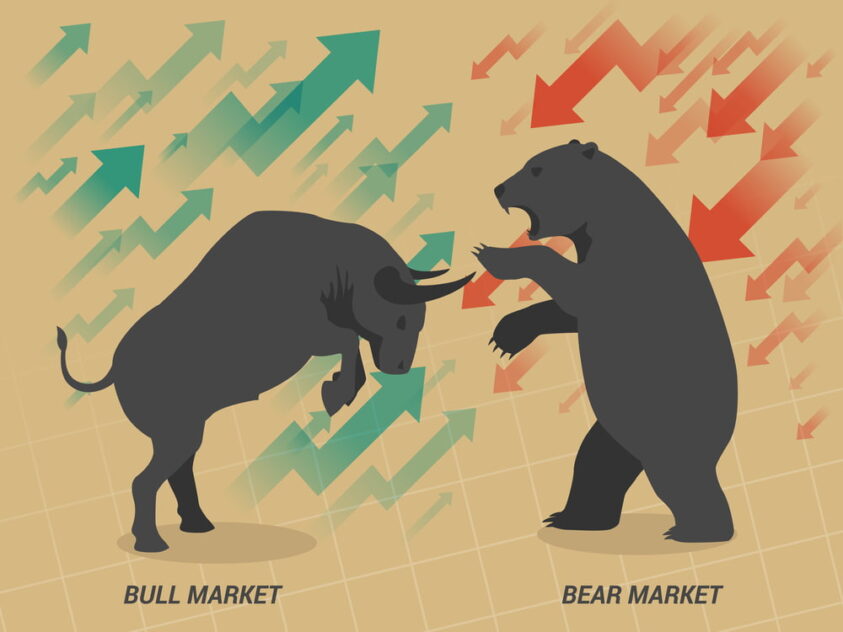By Jason Loh
FINANCE Minister Tengku Zafrul Aziz’s press release on the performance of the first quarter of 2021 (Q1 2021) indicates that the economy is gradually recovering. The gross domestic product (GDP) for Q1 had only contracted by 0.5% year-on-year (yoy), i.e., in comparison to Q1 of 2020.
Furthermore, this compares to a contraction of -3.4% for Q4 of 2020. This meant that the economic sectors as a whole/on average performed better compared to the last quarter (i.e. Q4 2020).
For example, the growth of the manufacturing sector was at 6.6% yoy and compared to Q4 2020 at 3%. Services shrunk by -2.3% compared to -4.8% in Q4 2020, and construction performed more or less in that “league” also – at -10.4% compared to -13.9% in Q4 2020.
According to Tengku Zafrul, whilst the first two months of the quarter had seen contractions of -3.5% (January) and -3.6% (February) under the movement control order (MCO) 2.0, respectively, GDP figure shot up by 6% in March (the highest since March 2020).
This would be attributed to the positive impact made by the RM15 bil Permai (Malaysian Economic and Rakyat’s Protection Assistance Package) launched in January and the RM20 billion Pemerkasa (Strategic Programme to Empower the People and Economy) implemented in mid-March.
However, we have reached a point where there’s the worry about the Government’s fiscal capacity and constraints. This roughly parallels concerns by the rakyat “about rising level of national debt” as EMIR Research 4Q 2020 poll findings has revealed (at 74%).
Given the total lockdown in effect now, the economy is expected to continue to suffer loss – perhaps in the range of RM300 to RM400 mil per day like MCO 2.0.
Tengku Zafrul was quoted as saying that overall GDP growth could lower to about 5% or 6.5% for 2021, compared to the 6% to 7.5% target forecast by Bank Negara, which probably hints at either of those scenarios.
Which means that the longer the lockdown persists, which will be a drag on our GDP growth, the more challenged the government’s fiscal capacity and constraint will be.
This means that despite the Government’s own confession, it probably has no choice but to increase the self-imposed national debt ceiling or debt-to-GDP ratio from 60% to 65% for some “breathing space”.
Politically, the Government should have no problem achieving this but might require the emergency reconvening of Parliament under the Emergency. At the end of the day, the Government has to decide whether politics or economics takes priority.
In terms of politics, the Government has to confront criticisms of “extremely high” national debt which is supposed to then translate into higher debt burden for future generations like higher borrowing rates and taxes, leakages and wastages, i.e. fraud and other corrupt practices, and not least our “sovereign default risk” as assessed by credit rating agencies.
On the other hand, based on Keynes, we know that when “aggregate demand” (i.e., as whole in the economy) is weak or sluggish, the only way to ensure “effective demand” (i.e., in relation to available economic resources – input) so as to close the “output gap” (defined as the difference between real and potential GDP).
In this, one of the critical variables in determining effective demand is the unemployment level, more precisely youth unemployment (and under-employment) which has always been estimated to be around three times the national average.
This requires the fine-tuning of the fiscal deficit goal (i.e. preparing to increase spending above 6% to meet the employment goal) and redefining fiscal consolidation in the “medium-term”.
This is consistent with the government’s ambition to ensure the creation of new jobs driven by digitalisation and green/renewable technology as embodied in e.g. the MyDigital Roadmap which aims to create 500,000 jobs by 2030 and ramp up the contribution of the digital economy to 22.6% of GDP by 2025.
As we’re still a nett importer (deficit) of capital goods (especially hi-tech machinery) in contrast to intermediate goods (such as semiconductors), government spending in this regard is critical to catalyse and spur the growth of the digital economy alongside the green economy.
Towards that end also, fiscal policy ought to be supported by monetary policy in the form of lower interest rate.
So, whilst the existential tension (cognitive dissonance) between political challenges and economic needs will never be, realistically speaking, resolved, at least we can continue to pursue the appropriate balance of the two as well as between lives and livelihoods on the principle of what can be described as a hybrid of politics-economics of empathy. – June 2, 2021
Jason Loh Seong Wei is Head of Social, Law & Human Rights at EMIR Research, an independent think tank focused on strategic policy recommendations based on rigorous research.
The views expressed are solely of the author and do not necessarily reflect those of Focus Malaysia.









